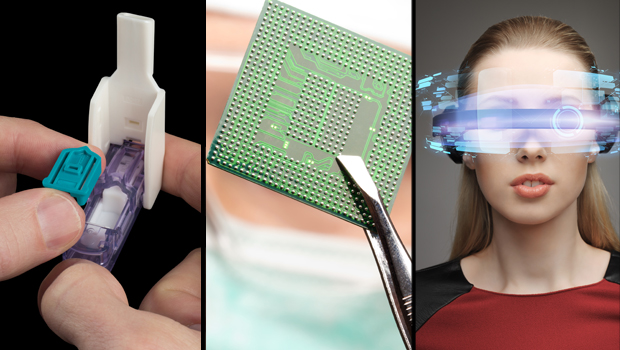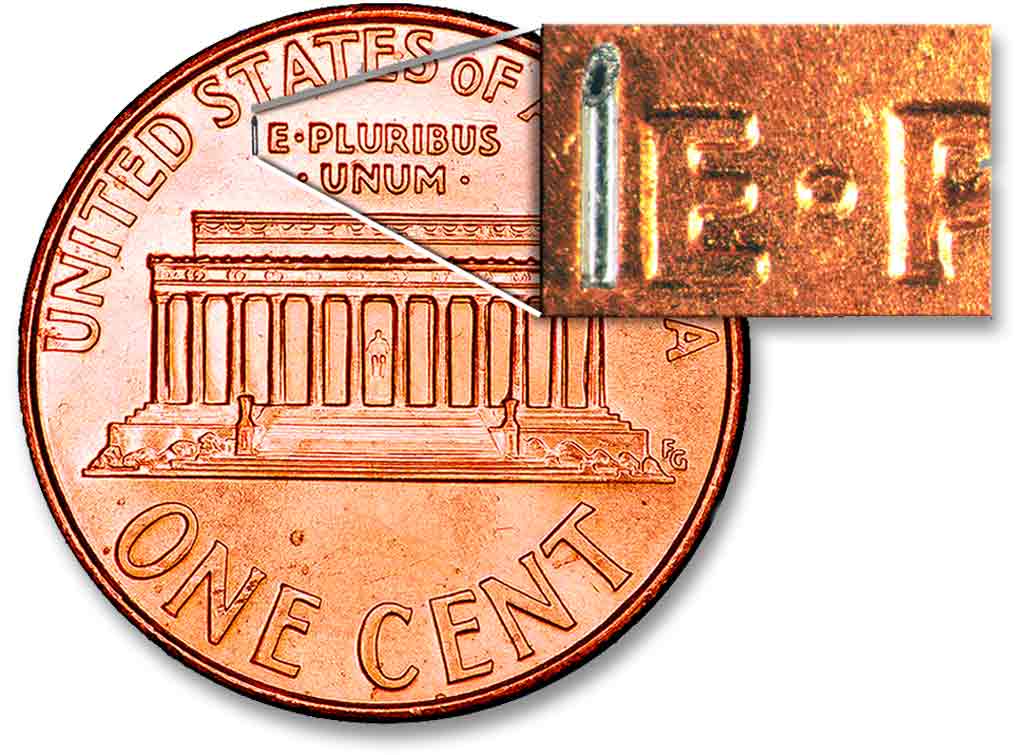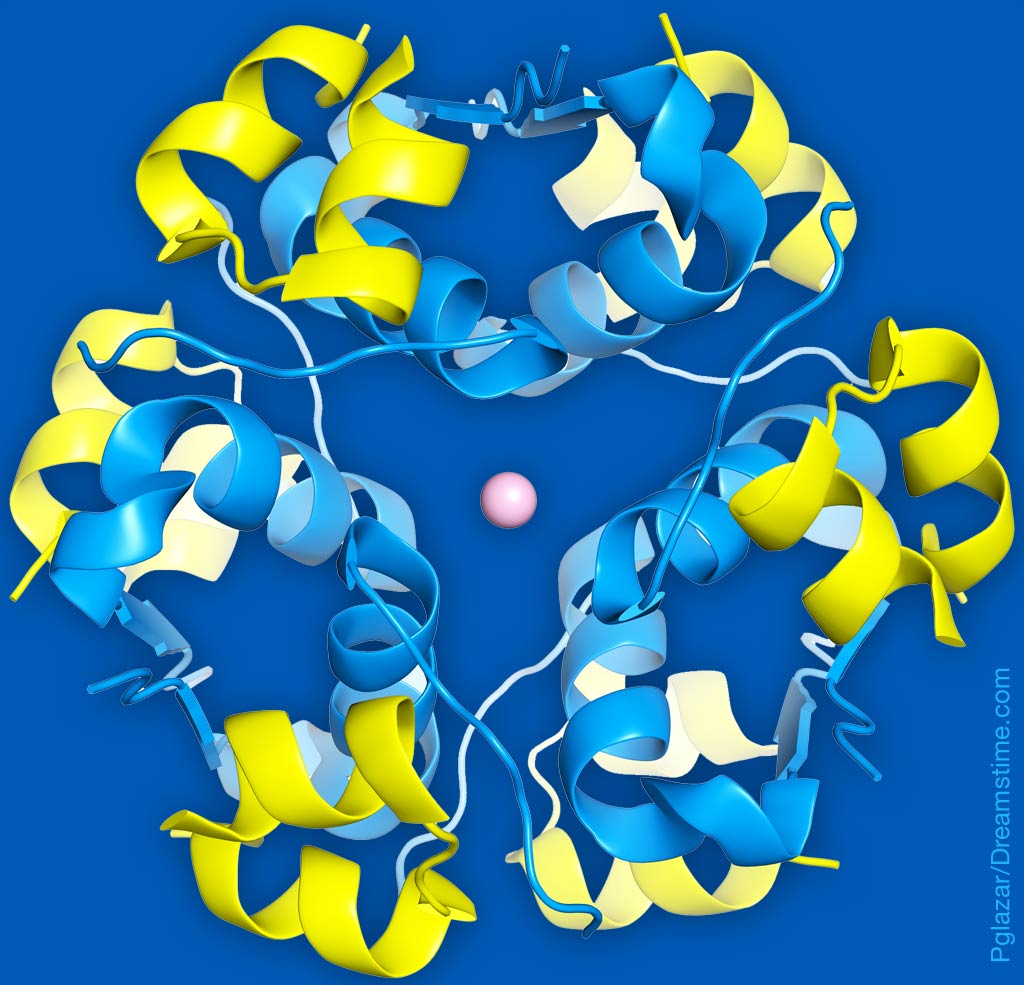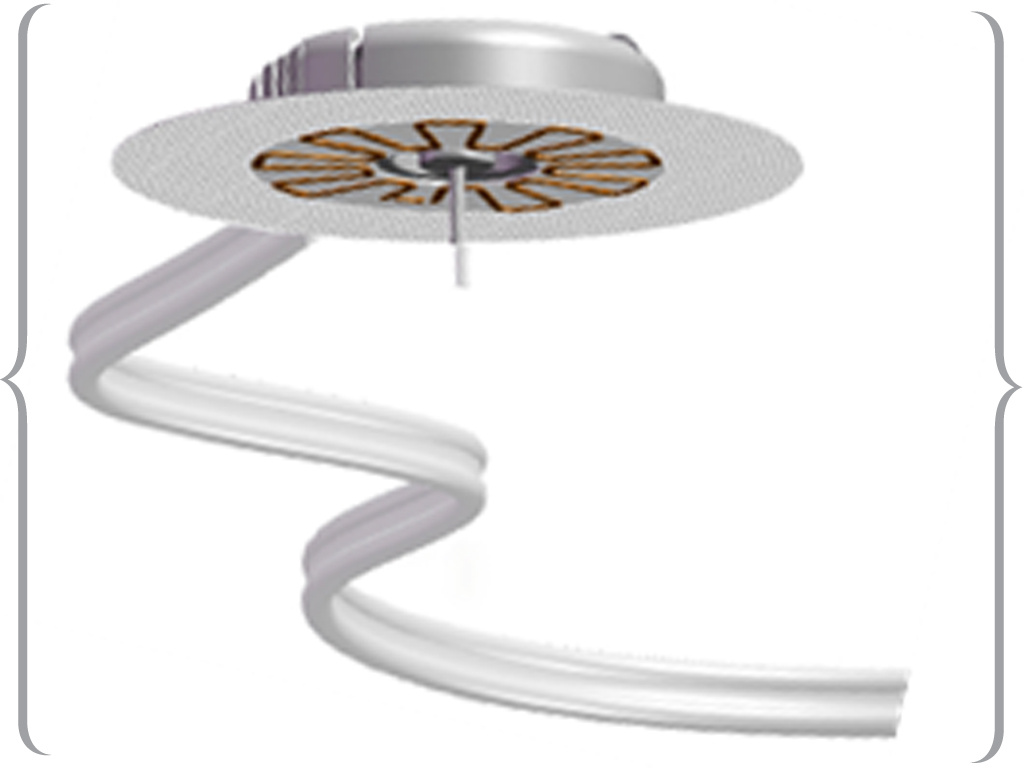Banking on Afrezza, Insulin Timers, T1D Eyewear

Faint Enthusiasm for Inhalable Insulin?
 Landing a $925 million deal might seem like good news…unless you’re in the pharmaceutical world. Mannkind Corporation, the folks behind the newly approved inhalable insulin drug Afrezza, have been searching for backing from a bigger pharma company as it rolls out its product. Sanofi stepped up to the plate for a deal that is potentially worth close to a billion dollars, if everything goes right, but like NFL contracts with football players, little of that money is guaranteed upfront. Sanofi put down $150 million to get the product rollout started, according to Fierce Biotech, and that money is really just an advance for Mannkind to pay most of its share of the costs of the rollout. That shows that the pharma industry remains skeptical that Afrezza will make a big splash in the insulin marketplace. Still, it’s another step forward for the inhalable insulin product.
Landing a $925 million deal might seem like good news…unless you’re in the pharmaceutical world. Mannkind Corporation, the folks behind the newly approved inhalable insulin drug Afrezza, have been searching for backing from a bigger pharma company as it rolls out its product. Sanofi stepped up to the plate for a deal that is potentially worth close to a billion dollars, if everything goes right, but like NFL contracts with football players, little of that money is guaranteed upfront. Sanofi put down $150 million to get the product rollout started, according to Fierce Biotech, and that money is really just an advance for Mannkind to pay most of its share of the costs of the rollout. That shows that the pharma industry remains skeptical that Afrezza will make a big splash in the insulin marketplace. Still, it’s another step forward for the inhalable insulin product.
Timesulin Comes to the US
Timesulin, a timer that fits on top of an insulin pen, is ready to launch in the US. The timing device has already been successful in the European marketplace. The launch, which was made possible thanks to a successful crowdsourcing campaign, was announced at a recent convention of the American Association of Diabetes Educators, according to a press release. The device, which fits on top of all insulin pens, is designed to automatically reset after each insulin injection.
Microchip to Improve Type 1 Diagnosis?
 Too often, a Type 1 diagnosis is made in crisis, when a child is already experiencing skyrocketing blood sugar levels. And with the obesity epidemic, many doctors now must decipher whether a child is experiencing Type 1 diabetes or Type 2 diabetes. Unfortunately, the methods used for diagnosis remain outdated.
Too often, a Type 1 diagnosis is made in crisis, when a child is already experiencing skyrocketing blood sugar levels. And with the obesity epidemic, many doctors now must decipher whether a child is experiencing Type 1 diabetes or Type 2 diabetes. Unfortunately, the methods used for diagnosis remain outdated.
But a new team of researchers are devising better microchip technology to be sensitive enough to distinguish between Type 1 diabetes and Type 2 diabetes, according to a report in Medscape Multispecialty. In this new microchip-powered test, nanoparticle-sized bits of gold that are set on glass can identify molecules the body produces when the body is dealing with Type 1 diabetes, or before Type 1 diabetes fully strikes. Even though the new technology uses gold, it actually is cheaper than the current method, which means it could help identify more cases of Type 1 diabetes in the developing world.
Google’s Smart-Lens Gets a Partner
Google may be richer than some small countries, but it could still use a partner in the pharma world. BBC reports that the search engine company has partnered with Novartis AG to continue the development of its smart contact lens, which monitors blood sugar levels. The partnership makes sense, analysts say, because Novartis has plenty of experience in the diabetes care and eye care industries, and Google is…well…Google.
Eyewear to Detect Neuropathy
 Taiwanese researchers may have developed a better way to detect eye neuropathy, according to a report in Science Daily. The device they’ve created fits over standard eyewear and measures the pupil of each eye from many different angles. Currently, doctors rely on other biomarkers, such as blood pressure or digestive speed, to mark the possibility of neuropathy. The researchers believe the new method will help doctors detect neuropathy more quickly, which will improve chances of effectively treating the condition.
Taiwanese researchers may have developed a better way to detect eye neuropathy, according to a report in Science Daily. The device they’ve created fits over standard eyewear and measures the pupil of each eye from many different angles. Currently, doctors rely on other biomarkers, such as blood pressure or digestive speed, to mark the possibility of neuropathy. The researchers believe the new method will help doctors detect neuropathy more quickly, which will improve chances of effectively treating the condition.
Thanks for reading this Insulin Nation article. Want more Type 1 news? Subscribe here.
Have Type 2 diabetes or know someone who does? Try Type 2 Nation, our sister publication.







